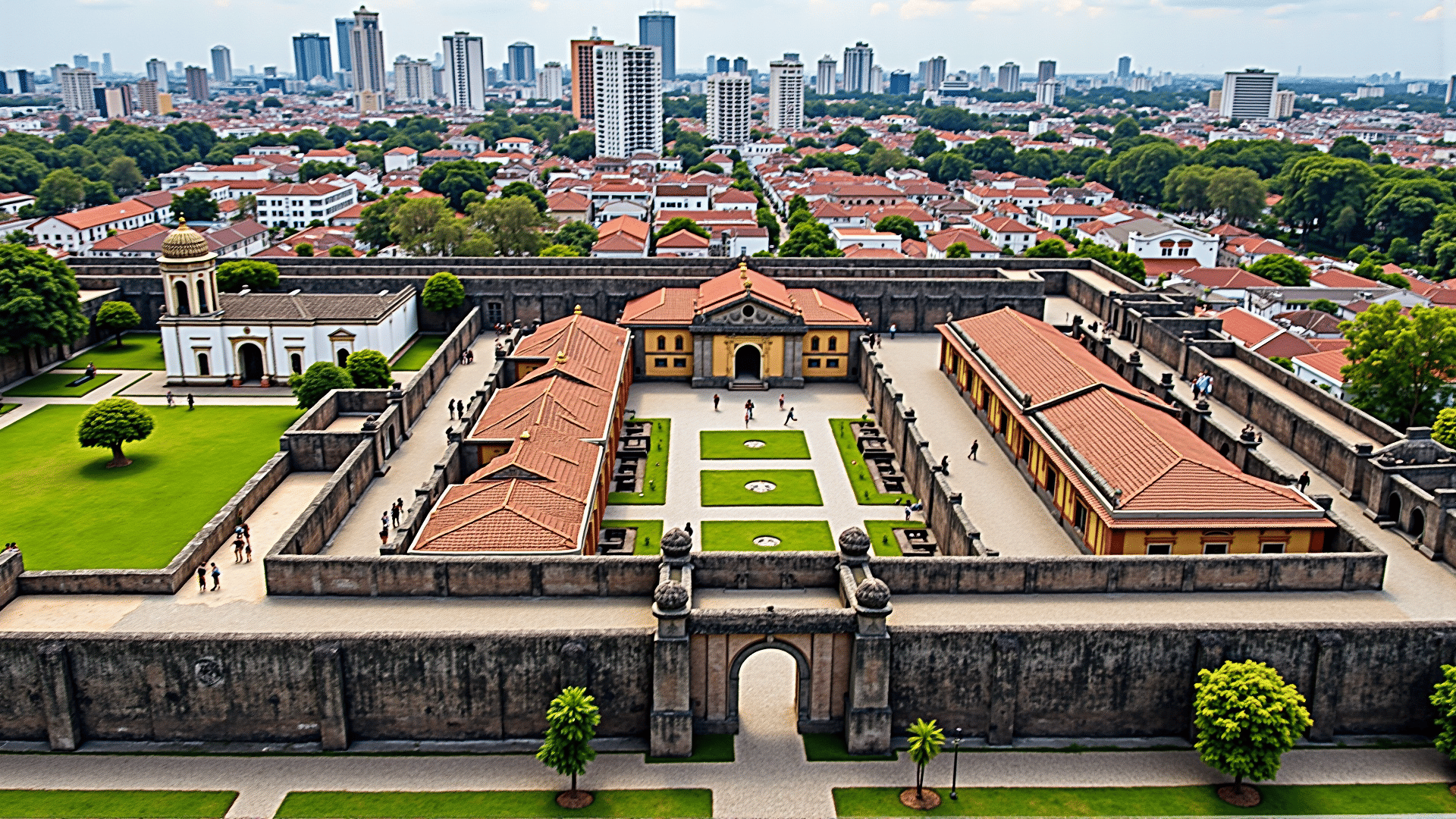Stepping into Intramuros is like embarking on a journey through time, offering a glimpse into Manila's storied past. As one of the oldest districts in the city, this historic walled enclave stands as a testament to Spanish colonial rule, embracing those who enter with its cobblestone streets, stately churches, and venerable buildings.
Intramuros, meaning "within the walls," was meticulously planned and constructed in the late 16th century by Spanish colonialists. It served as the nucleus of governance, faith, and education during their reign. Today, visitors can appreciate the fusion of European aesthetic influences and local materials, which lend a distinctive character to the city's buildings.
The impressive gates of Intramuros lead adventurers into a compact area where time seems to have paused. The stone fortifications, originally intended to protect against naval invasions, now simple draw in wandering souls eager to uncover the past. The walls themselves speak volumes, with each brick holding stories of centuries gone by.
Among Intramuros's cherished locations is the majestic San Agustin Church, a UNESCO World Heritage Site. With its stunning Baroque interiors and resplendent antiques, it is both a spiritual hub and an architectural gem. Nearby, the Manila Cathedral stands in solemn repose, having witnessed both the trials and triumphs of history.
The preservation efforts of Intramuros allow for a tactile experience of the past. Visitors can traverse the pathways within Fort Santiago, where the legendary national hero José Rizal spent his final days. Museums within the area showcase artifacts and exhibits that provide insights into colonial life and the struggles for identity and independence.
Horse-drawn carriages, known as "kalesa," offer a leisurely way to explore the streets, acclimating visitors to the slower pace reminiscent of a bygone era. Delightful plazas and courtyards beckon those looking to rest and absorb the atmosphere, while fortified walls afford panoramic views of modern Manila’s skyline juxtaposed against the charming old cityscape.
Intramuros stands not just as a relic of architecture but as a poignant reminder of Manila's resilience and adaptability. By straddling history and contemporary culture, it invites everyone to connect with the rich tapestry of the city's heritage. Here, amidst echoes of the past, we find a living gallery of stories that shape our understanding of cultural identity and legacy.
